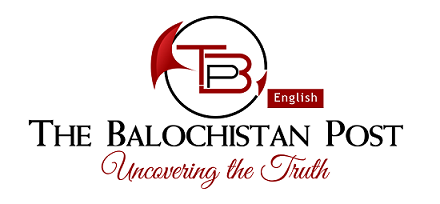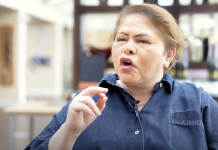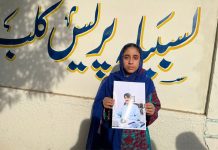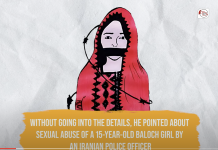In a disquieting turn of events, Iranian authorities have sentenced eleven Baloch individuals to death within the span of just forty-eight hours. The charges against them revolve around drug-related dealings.
Notably, the Iran Human Rights (IHR), based in Norway, has reported that nine of these condemned individuals hail from Western Balochistan, while the remaining two are from neighboring Afghanistan. Tragically, this spate of executions has prompted growing apprehension about the fairness of the judicial process within Iran.
The IHR has divulged that a staggering total of 61 individuals were executed in Iran during the month of July alone. Furthermore, this wave of capital punishment continues to surge, with a harrowing four 423 individuals already executed in the ongoing year. Disturbingly, between July 30th and August 1st, eight individuals accused of drug-related offenses were sentenced to death in the central Zahedan jail. Moreover, an additional individual, also charged with drug-related activities, met a similar fate on July 31st in Bairchand, Khorasan.
Tragic tales emerge from the depths of these prisons, shedding light on the human cost of these actions. Saleh Mohammad Arbab and Saleh Asadullah Amini, aged thirty and thirty-two respectively, met their end in the shadows of Zabul prison. The lack of transparency surrounding their executions only further amplifies the concerns surrounding these occurrences.
Human rights organizations castigate the Iranian authorities, asserting that the rampant use of the death penalty serves as a mechanism to instill fear among the populace. The killing of Mahsa Amini, a twenty-two-year-old Kurd woman arrested for wearing an “improper hijab,” sparked a series of protests across Iran. This incident is viewed as a catalyst for the ongoing movement against such suppressive tactics. The persistence of these protests reflects the deep-seated discontent within the nation.




























